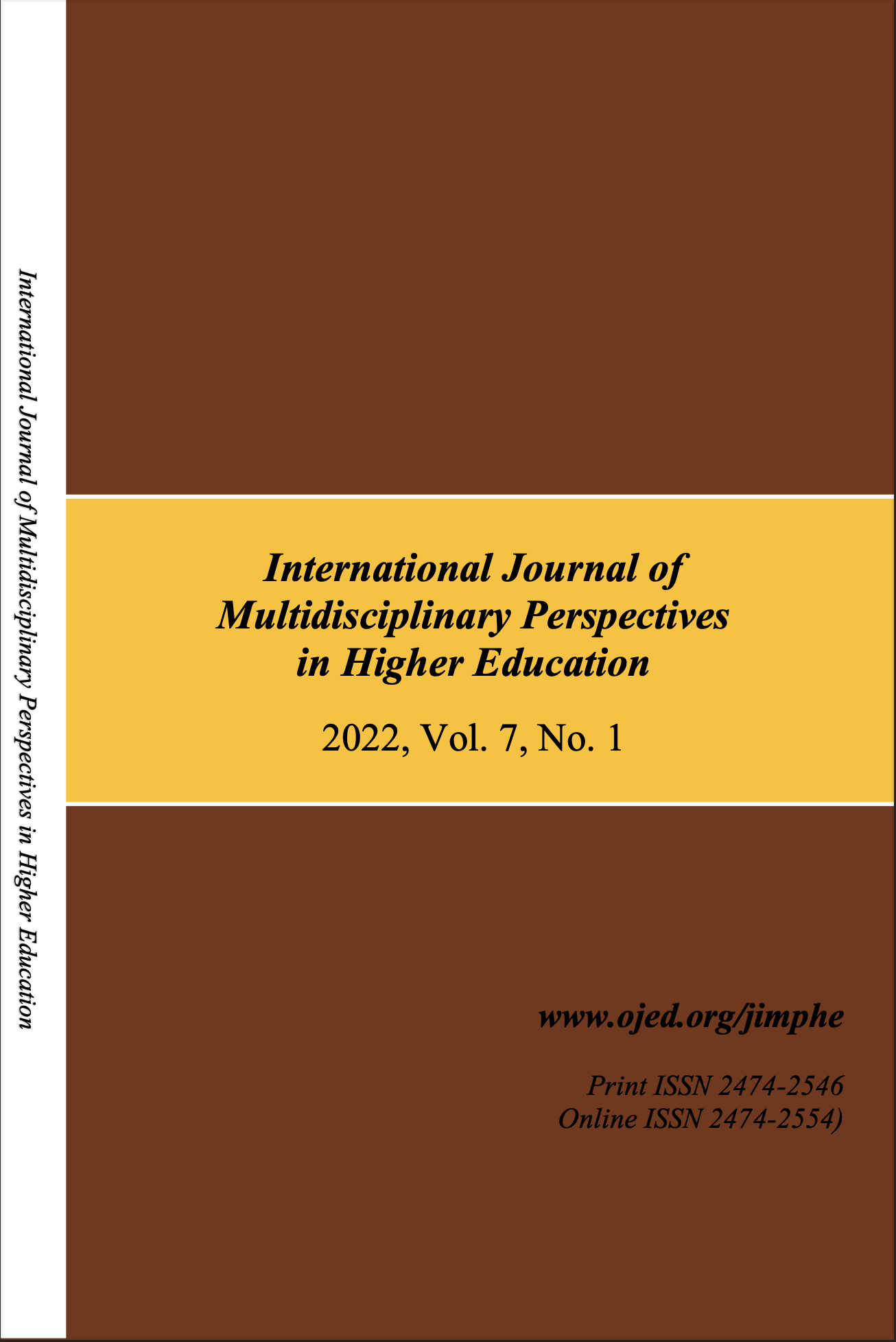A Cap and gown collaboration in community development
Implications for counselling
DOI:
https://doi.org/10.32674/jimphe.v7i1.4313Keywords:
higher education, collaboration, community development, counseling, partnershipAbstract
This research explored the power of dominant partnerships in promoting community development. Two local communities sited in a coastal West African town, recorded notable transformation as a result of their members’ long-standing interaction with a famous close by higher education institution. With a sample of three hundred and seventy-two community members, the initial survey explored the physical influence of the university, on the lives of the studied communities. Purposive and convenient sampling techniques were used in the initial case to reach the respondents but the ensuing qualitative inquiry engaged four additional purposively selected participants to generate more data through structured interviews on education, transportation and health, as key emerging physical indicators, from the quantitative aspect. The SPSS, descriptive statistics and percentages facilitated the quantitative data analysis, but thematic analysis was used to make meaning from the gathered qualitative data. Efficient triangulation of gathered data from both approaches generated interesting findings regarding the research topic. As a result of proximity to the university, the natives presently enjoy pipe borne water, hydro-electric power, easy access to formal education, better transportation and modern-styled cement buildings. Further collaborations were recommended among the stakeholders to sustain the identified infrastructural changes that have taken place within the studied communities. Some counselling implications of the research were also drawn.
statistics facilitated the quantitative data analysis, but thematic analysis was used to make meaning from the gathered qualitative data. Efficient triangulation of gathered data from both approaches generated interesting findings regarding the research topic. Increased access to pipe borne water and hydro-electric power presently endows the lives of the once primitive natives, as a result of their proximity to the university. Improved health care, access to formal education and better transportation equally emerged as typical life style modifications among the natives on the qualitative front. Further collaborations were recommended among the stakeholders to sustain the generated socio-economic returns within the studied communities. Some counselling implications of the research were also subsequently drawn.






